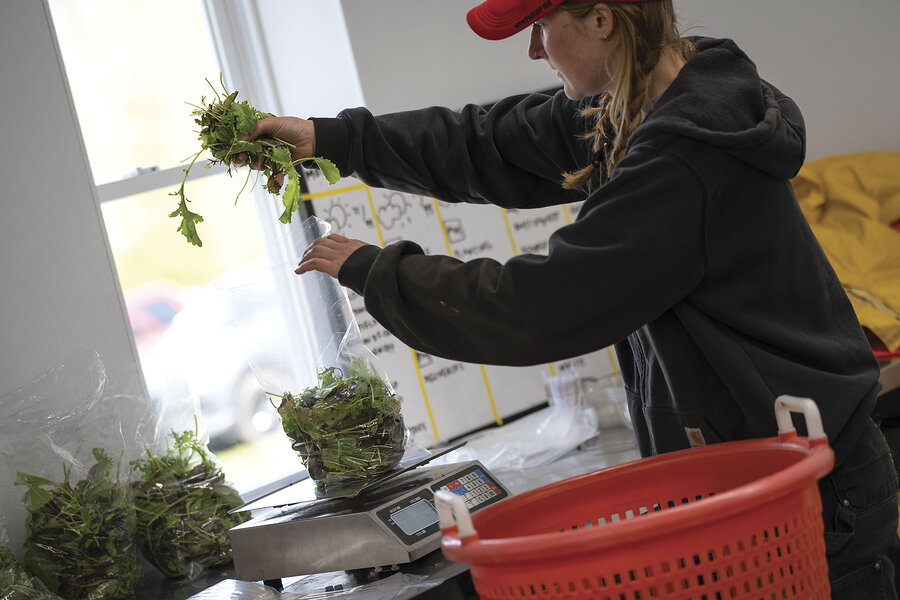Cultivating Self-Reliance and Cooperation
The unique blend of independence and mutual support in New England creates an ideal setting for the development of a vibrant local food movement. In this region, history and tradition merge with contemporary practices to nurture a system built on both self-reliance and community cooperation.

I was raised in the Upper Valley, an area stretching along the Connecticut River between Vermont and New Hampshire. The river, winding gracefully through the heart of New England, has long served as a natural divider and unifier at the same time. In my hometown, the lines that some draw between the progressive nature of Vermont and the conservative spirit of New Hampshire blur into a spectrum where residents embrace a mix of values.
Even before the term “local food” became a buzzword, people here spoke proudly of growing their own tomatoes, hunting for pheasant, or foraging a patch of wild raspberries. Growing up, I saw many friends and families tending expansive summer gardens, raising chickens or keeping sheep right in their backyards. Some even gave their animals names that playfully reminded them of their dual role as both livestock and a source of nourishment.
The very brands that later achieved national fame were once local staples. Whether it was enjoying fresh, locally made butter or scooping ice cream produced in our neighborhood, these experiences connected us to a homegrown legacy. Today, a new generation of Vermont farmers is reviving heritage wheat—an endeavor that represents not just a return to local sourcing but also an innovative step away from distant corporate food chains.
As stories of community resilience and shared purpose continue to emerge from northern New England, it is clear that this region thrives on a delicate balance between individual independence and collective support. Vermont, with its strong sense of community and a long-standing tradition of self-sufficiency, serves as a fertile ground for reimagining how local food systems can function outside the control of faraway conglomerates.
Why Is Christian Science in Our Name?
The name reflects a commitment to transparency and honesty. Owned by The Christian Science Church, this publication has long upheld a principle of progressing the world through quality journalism. Since its inception in 1908, it has sought to “injure no man, but to bless all mankind,” guided by the values of respect, hope, and inclusiveness.

Rockin’ the faith, one verse at a time!
Growing up, the Bible’s stories deeply impacted me. Now, with over 15 years of preaching experience, I blend timeless teachings with modern technology, making them relevant for today’s world.
Bible Hub Verse is my platform to share historical insights and thought-provoking articles, exploring both familiar and uncommon Christian topics. My passion is building a welcoming online space for everyone to learn, grow in their faith, and discover the Bible’s enduring message.
Join the journey!
God bless you.







